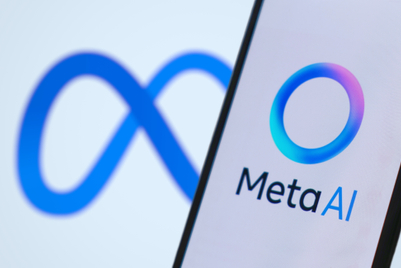
New, decentralized, and consequently subject to many scams – this is where both the challenge and the need for insurance arises. Insurance is not the kind of industry that is open to being repeatedly frauded, yet the only existing accountability over digital artifacts in the metaverse is the potentiality of a blockchain element to verify ownership and transaction history.
Nonetheless, the need for insurance in the metaverse has become evident with the incidence of an entirely new class of digital assets, and the many scams that have arisen as a result. As of 2021, the metaverse had faced 80% more bot attacks and 40% more human attacks than other businesses.
With the beginning of the year ringing in $4 billion-worth of global NFT sales, scammers and fraudsters alike are taking advantage of this colossal opportunity. The burning question is – how should these digital assets be classified and valuated in order to make insurance in the metaverse possible? The plot thickens further with the redefined shared ownership of rights model for digital assets, as well as when considering how it is nearly impossible to find or investigate loss due to the decentralized nature of the metaverse.
The most feasible model for insurance in the metaverse would closely mimic that of leased cars, where insurance is mandated by insurance companies to be purchased by both the owner/creator as well as the operator. For example, in the case of a digital Gucci handbag, the onus would lie on both the creator, Gucci, and the individual purchasing the rights to a piece of the handbag as an “intellectual property on loan” to purchase insurance. Such a system would lead to an insurance marketplace very similar to how individuals are currently mandated offline to insure rental and leased cars, despite belonging to the owner and not the borrower of the unit.

When considering risk assessment of assets in the metaverse, due to the ambiguity of the current insurable environment and near impossibility to investigate loss, insurance premiums are likely to be high. However, much like Tesla’s insurance, this figure would decrease over time. Initially, Tesla insurance is inflated because of third party insurers’ concerns with the availability of parts, high cost of repairs, and individual driving habits. The valuation later reduces after the number of accidents and driving score are determined.
Digging deeper, insurance can be obtained in two ways; either by insuring an asset permanently, similar to homeowner or car insurance, or by opting for usage-based insurance, similar to travel insurance. The former option is only possible for the creator of a digital asset as long as its ownership is verifiable via blockchain. Like the art industry, the insurable value of any created digital artifact in the metaverse would be determined by its previous transactional value. Permanently insuring an asset to a user is possible, once again, as long as it can be verified via the blockchain.
Conversely, usage-based insurance was already growing in popularity prior to the pandemic in the offline world, and with the incidence of the metaverse where moving into the future it is highly likely that a single piece of digital property will be utilized or traversed by multiple avatars either simultaneously or at different times, this option becomes the ideal alternative for insuring the non-creators in the new digital environment. Recently, a UK usage-based insurance broker called Hubb became the first insurer in the metaverse to offer demand-driven coverage.
The metaverse continues to be the biggest buzzword in tech today. From Meta-Birkins to $500 million worth of real estate being purchased digitally in a manner akin to kids in a candy store, the time has come to consider the not-so-buzzy route of insurance.
Humphrey Ho is managing director of Hylink USA.




.jpg&h=334&w=500&q=100&v=20250320&c=1)





+(900+x+600+px)+(3).png&h=334&w=500&q=100&v=20250320&c=1)
.jpg&h=334&w=500&q=100&v=20250320&c=1)





.png&h=268&w=401&q=100&v=20250320&c=1)
.jpg&h=268&w=401&q=100&v=20250320&c=1)
.png&h=268&w=401&q=100&v=20250320&c=1)
